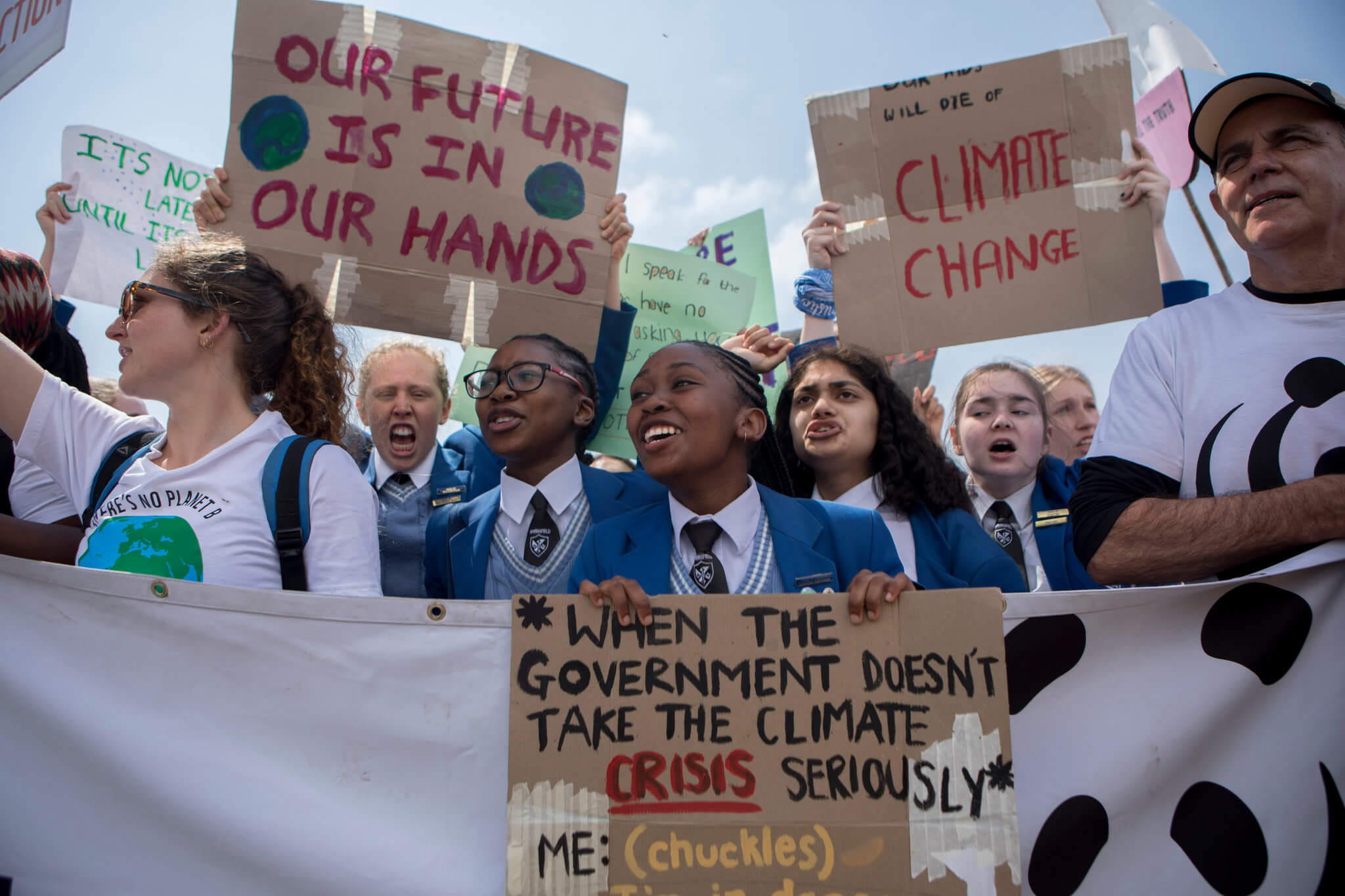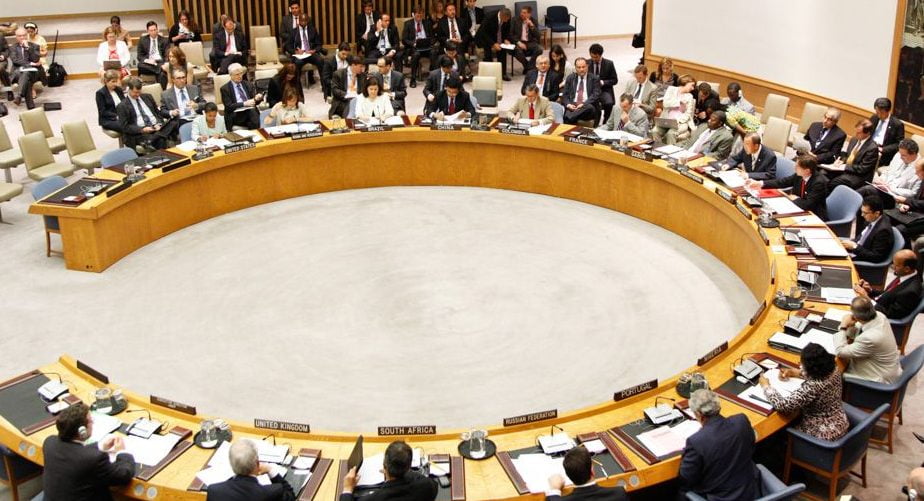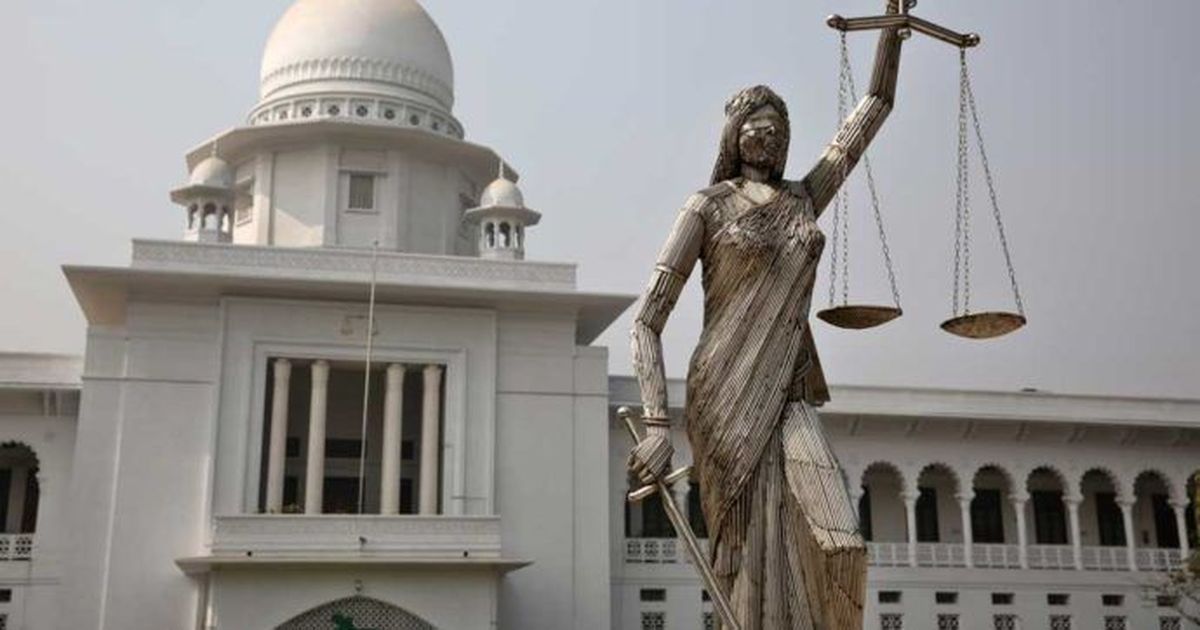Publication Year: 2021
National climate institutions complement targets and policies
Introduction
National climate institutions are a missing element in climate mitigation discussions. Yet institutions translate ambition to current action, guide policy development and implementation, and mediate political interests that can obstruct mitigation efforts. The landscape of relevant institutions is usefully categorized around ‘purpose-built’ institutions, ‘layering’ of responsibilities on existing institutions, and unintentional effects of ‘latent’ institutions. Institutions are relevant for solving three climate governance challenges: coordination across policy domains and interests, mediating conflict and building consensus, and strategy development. However, countries do not have a free hand in designing climate institutions; institutions are shaped by national context into four distinct varieties of climate governance. We suggest how countries can sequence the formation of climate institutions given the constraints of national politics and existing national political institutions.
Read moreClimate change research and the search for solutions: rethinking interdisciplinarity
Introduction
Growing political pressure to find solutions to climate change is leading to increasing calls for multiple disciplines, in particular those that are not traditionally part of climate change research, to contribute new knowledge systems that can offer deeper and broader insights to address the problem. Recognition of the complexity of climate change compels researchers to draw on interdisciplinary knowledge that marries natural sciences with social sciences and humanities. Yet most interdisciplinary approaches fail to adequately merge the framings of the disparate disciplines, resulting in reductionist messages that are largely devoid of context, and hence provide incomplete and misleading analysis for decision-making. For different knowledge systems to work better together toward climate solutions, we need to reframe the way questions are asked and research pursued, in order to inform action without slipping into reductionism. We suggest that interdisciplinarity needs to be rethought. This will require accepting a plurality of narratives, embracing multiple disciplinary perspectives, and shifting expectations of public messaging, and above all looking to integrate the appropriate disciplines that can help understand human systems in order to better mediate action.
Read moreVarieties of climate governance: the emergence and functioning of climate institutions
Introduction
How do states respond to the challenge of climate governance? The Paris Agreement has led to heightened interest in domestic climate policies, but attention to underlying national climate institutional architectures has lagged behind. This literature gap deserves to be addressed, because climate change brings considerable governance challenges. Drawing on a collection of country studies, this paper outlines a framework to explain the path-dependent emergence of climate institutions, based on the interplay of national political institutions,international drivers, and bureaucratic structures. The resultant institutional forms suggest four varieties of climate governance, based on the extent of political polarisation and the narrative around climate politics in the country. The functioning of existing climate institutions indicates they have so far played a modest role in addressing climate governance challenges, but also illustrates their importance in structuring climate politics and outcomes, suggesting a substantial agenda for future research.
Read moreSpecial Issue on ‘Varieties of Climate Governance’ in Environmental Politics (all articles)
Introduction
Discussions in climate governance have focused on national targets and climate policies. But a critical ingredient is relatively absent: climate institutions. Yet, formal institutions are essential if countries are to devise realistic low-carbon strategies, manage the complex politics of transitions, and coordinate across diverse ministries and actors. Drawing on cases spanning eight countries – four developed and four
developing – with an analytical overview, we examine the conditions under which climate institutions emerge, the forms they take, and the governance functions they serve.
Clearing the air through the revised WHO guidelines
Utilitarian benchmarks for emissions and pledges promote equity, climate and development
Introduction
Tools are needed to benchmark carbon emissions and pledges against criteria of equity and fairness. However, standard economic approaches, which use a transparent optimization framework, ignore equity. Models that do include equity benchmarks exist, but often use opaque methodologies. Here we propose a utilitarian benchmark computed in a transparent optimization framework, which could usefully inform the equity benchmark debate. Implementing the utilitarian benchmark, which we see as ethically minimal and conceptually parsimonious, in two leading climate–economy models allows for calculation of the optimal allocation of future emissions. We compare this optimum with historical emissions and initial nationally determined contributions. Compared with cost minimization, utilitarian optimization features better outcomes for human development, equity and the climate. Peak temperature is lower under utilitarianism because it reduces the human development cost of global mitigation. Utilitarianism therefore is a promising inclusion to a set of benchmarks for future explorations of climate equity.
Read moreHot and Flooded: What the IPCC Report Forecasts for India’s Development Future
From fossil to low carbon: The evolution of global public energy innovation
Abstract
A review of global and national energy research, development, and demonstration (RD&D) investments between 2000 and 2018 reveals that global public energy RD&D and cleaner energy RD&D investments dramatically increased, but then plateaued after 2009. In absolute values, nuclear energy has held steady, fossil energy contracted, and clean energy RD&D quadrupled. As a percentage of overall investments, both fossil fuel and nuclear investments contracted during the period. This review compares the energy innovation priorities of the world’s largest economies using the metric of public expenditures on energy RD&D. China and India have become important global public investors in energy innovation, now among the top five globally. Priorities set by the Chinese and Indian governments will thus influence new energy technology breakthroughs in the coming years. The US and Chinese governments are now competing for first place in clean energy RD&D, depending on whether or not nuclear and cross-cutting technologies are included. India has dedicated substantial funding to indigenizing nuclear power technologies. Energy RD&D by state-owned enterprises (SOEs) in major emerging economies remains skewed toward fossil fuels and nuclear. Reforming SOE expenditures to move away from fossil fuels could have a major impact on global energy technology trajectories, making a material difference in the quest to decarbonize the energy system.
Read moreInternational Environmental Law in the Courts of India, Bangladesh, and Pakistan
Summary
This chapter, published in The Oxford Handbook of International Environmental Law, focuses on international environmental law (IEL) in the courts of India, Bangladesh, and Pakistan. Review of the case law reveals that Indian courts have led the adoption of the IEL principles in this region, with occasional references to IEL by Bangladeshi and Pakistani courts. This appears to follow the trend of non environmental cases, where also the Bangladeshi and Pakistani judiciary is more reluctant than the Indian courts to turn to international law. Although courts in the three countries have engaged with IEL, it has mostly been at a superficial level. Their reliance on IEL is not always accompanied by strong judicial reasoning, making it difficult to determine their content and scope, and even their relevance in particular scenarios. Given development imperatives in these countries, courts are often faced with the ‘economy/development versus environment’ question. In such situations, the courts rely on IEL in an instrumental fashion in support of the final outcome of the case, rather than engaging with the substantive content of the IEL principles.
Read more









